
Staining concrete floors can add a little something to a drab slab. Learn more about how much stained concrete floors cost and what factors impact it.
Panda food makes shockingly strong and beautiful floors


Homeowners everywhere adore bamboo for its beauty, sustainability, and versatility. It’s technically a grass (not wood) that’s surprisingly harder than most wood, making it a popular flooring option. Bamboo offers nearly endless combinations of grains, fit types, and finishes to choose from. Let’s explore the different types of bamboo flooring so that you can find the best one for your home.
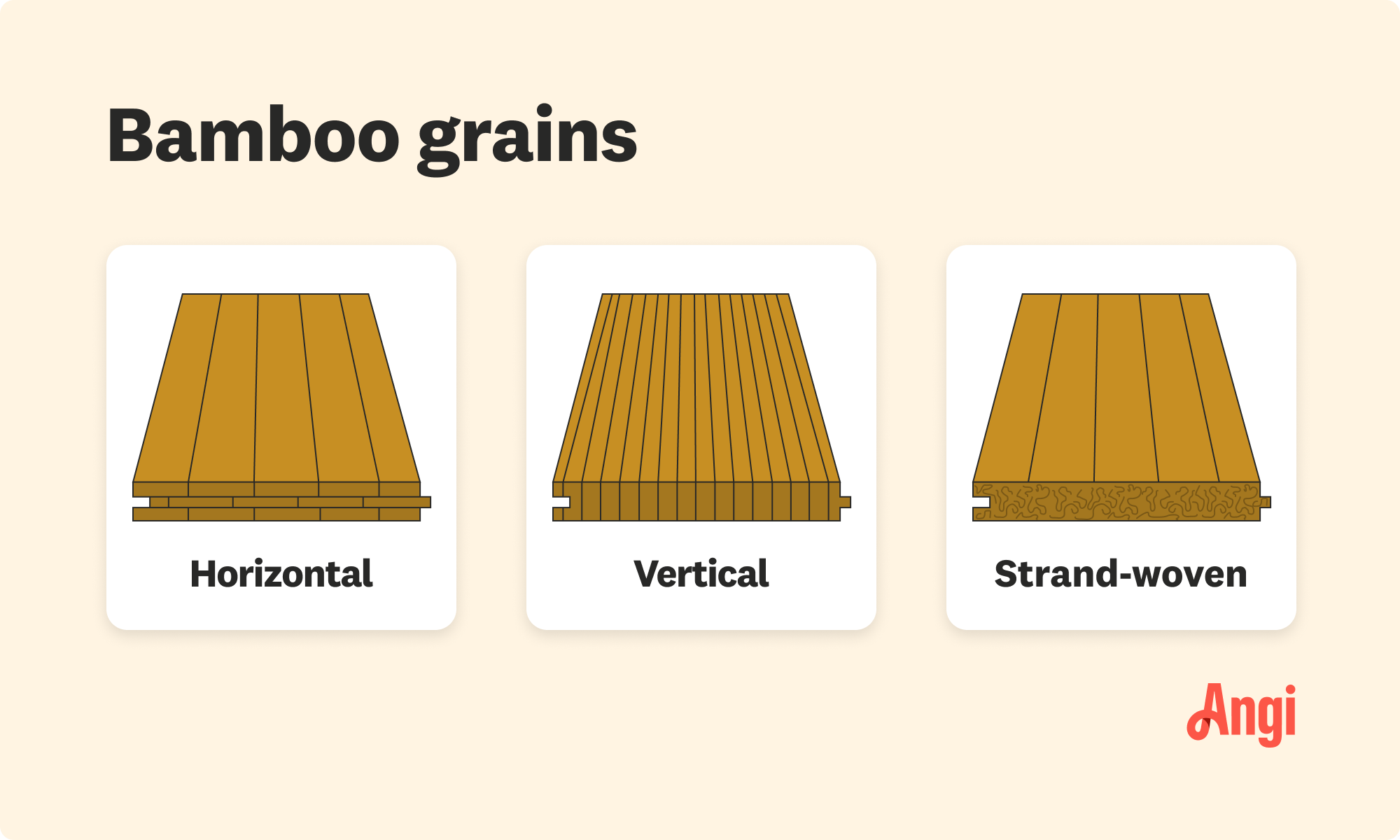
The grain of your flooring refers to the direction or pattern the fibers in your flooring have. Grain is an aesthetic element of flooring that’s heavily impacted by the manufacturing process. There are three primary types of grains for bamboo flooring.
Also called flat-grain bamboo flooring, horizontal-grain floors are made of bamboo planks. These planks are made by cutting large pieces of dried bamboo into tiny pieces and then gluing and pressing them together. Manufacturers use non-toxic glue to bind the planks together so that they form one cohesive grain with a look that’s similar to traditional hardwood floors.
Because horizontal bamboo flooring has minimal processing compared to the other types, it has a more natural, rugged appearance that shows the bamboo's bumps, nodes, and rings. While it’s very eco-friendly flooring, horizontal grain can limit your options for finishes. Horizontal-grain planks can also be carbonized to achieve a darker color, and many homeowners love the naturalistic and tropical feel this type of bamboo flooring offers.
| Pros | Cons |
|---|---|
| Sustainable and affordable | Fewer options for finishes |
| Comes in different colors | Not as hard as other grains |
| Natural appearance | Visible nodes and gnarls |
Best for: Minimalist homes where it can contrast simpler walls and colors
Vertical-grain bamboo flooring is processed and constructed very similarly to horizontal grain but with one key difference. Normally, the tiny bamboo strips cut from the large ones are glued in a horizontal pattern that retains the bamboo stalk's natural appearance.
Unsurprisingly, manufacturers glue vertical-grain planks vertically so that the bamboo nodes and gnarls aren't visible, making it resemble standard hardwood more closely than horizontal grain does. Because there are no nodes, all types of finishes can be used.
| Pros | Cons |
|---|---|
| Sustainable and affordable | Not as hard as other grains |
| Natural look | Lacks distinctive bamboo look |
| Several options for finishes | Limited fit types |
Best for: Modern homes with colorful and loud interiors that need a neutral floor for contrast
Strand-woven bamboo flooring is the toughest and most versatile grain option. Strand-woven planks are created by shredding bamboo into tiny strands that are nearly the same thickness as human hair. When these strands dry, manufacturers use machines to press them together under high heat to make woven planks.
These planks are harder than traditional hardwood floors and stronger than horizontal- and vertical-grain bamboo flooring. Strand-woven flooring is also the best type of bamboo flooring for radiant floor heating. The grain pattern for strand-woven flooring is completely random. Even with this randomness, the final product has a rich, dark structure that looks like traditional hardwood.
| Pros | Cons |
|---|---|
| Strongest and most durable option | More expensive |
| Can be used with all fit types | Fewer color options |
| Highly versatile | Extremely heavy |
Best for: People with traditional interiors seeking a modern twist
Your flooring’s “fit type” is how the planks fit together to ultimately form your entire floor. The fit type can make or break installation, so you may want to reach out to a local flooring pro for some advice on fit types if you plan to DIY the installation. There are two commonly used fit types for bamboo planks.
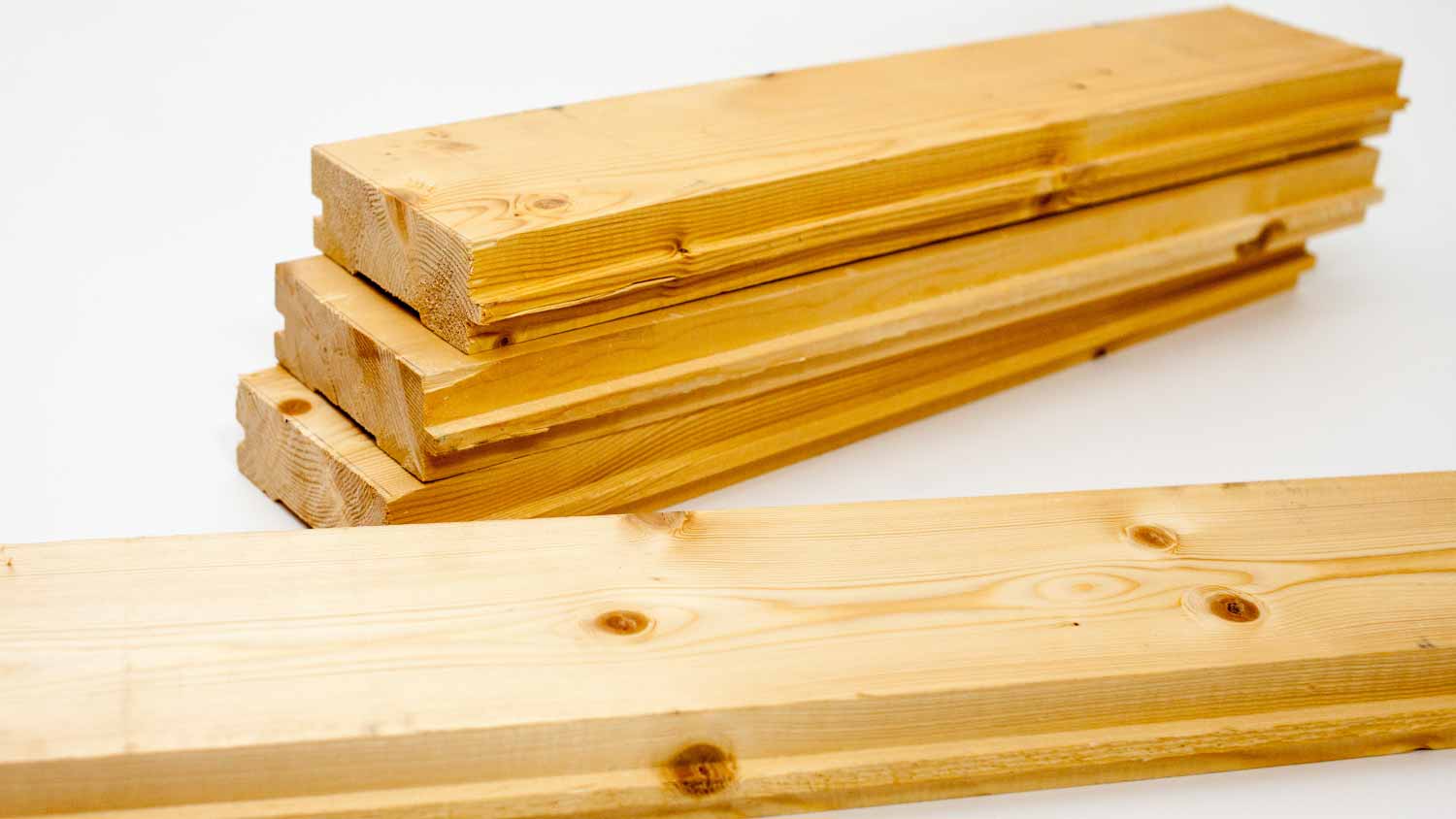
Tongue-and-groove is the most common fit type, and you can find it on all three grains. Each bamboo plank has two long sides and two short sides. If your bamboo flooring is tongue-and-groove, one short and one long side has grooves. The other short side has a tongue, and all you need to do is fit them together.
Because bamboo floors are so versatile, planks with this fit type can float over an underlay or be fixed to the subfloor. You can glue the tongues and grooves together if the planks float, and you can use flexible flooring adhesive or nails to attach them to the subfloor.
| Pros | Cons |
|---|---|
| Easy installation | Longer installation |
| More affordable than other fit types | Repairs are more difficult |
| Better moisture resistance | Requires glue |
Best for: Low to mid-traffic areas of your home
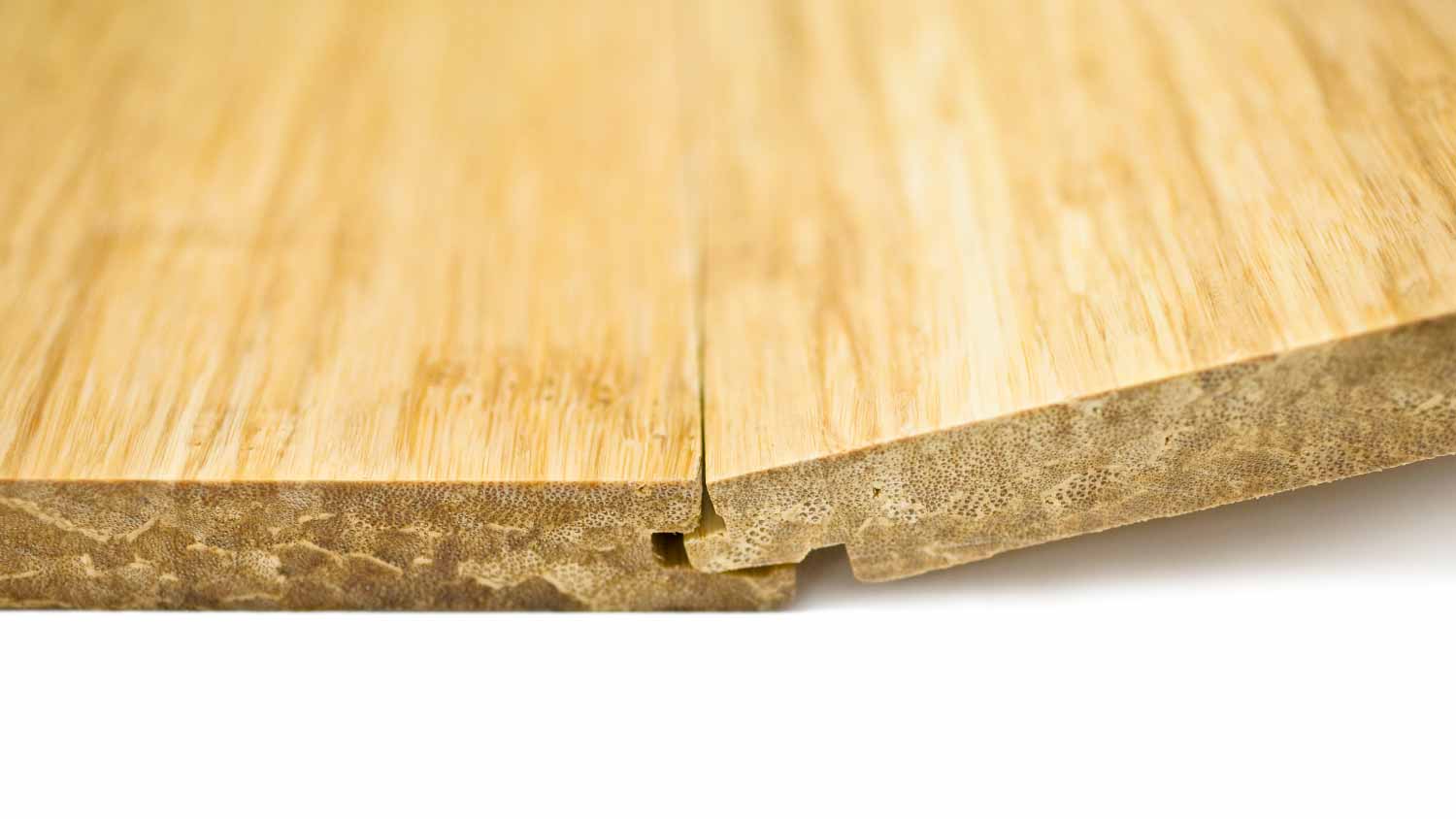
Click-locking floors can only be made from strand-woven bamboo. As the name implies, the bamboo planks are designed to click and lock into place with greater security than tongue-and-groove planks. This means they don’t require an adhesive for the plank-to-plank connection. Like tongue and groove planks, click-fitting bamboo floors can float over an underlay or be glued or nailed to the subfloor.
While they are extremely durable, floating click-lock bamboo floors aren’t suited for high-humidity environments. This can make click-lock bamboo flooring risky to install in areas exceeding 15 feet by 25 feet unless your HVAC system can keep humidity levels low and stable year-round.
| Pros | Cons |
|---|---|
| Very durable | More expensive |
| Easy installation | Subfloors have to be in perfect condition |
| Easy to repair | Not great for larger homes |
Best for: Smaller homes in areas with low humidity
From average costs to expert advice, get all the answers you need to get your job done.

Staining concrete floors can add a little something to a drab slab. Learn more about how much stained concrete floors cost and what factors impact it.
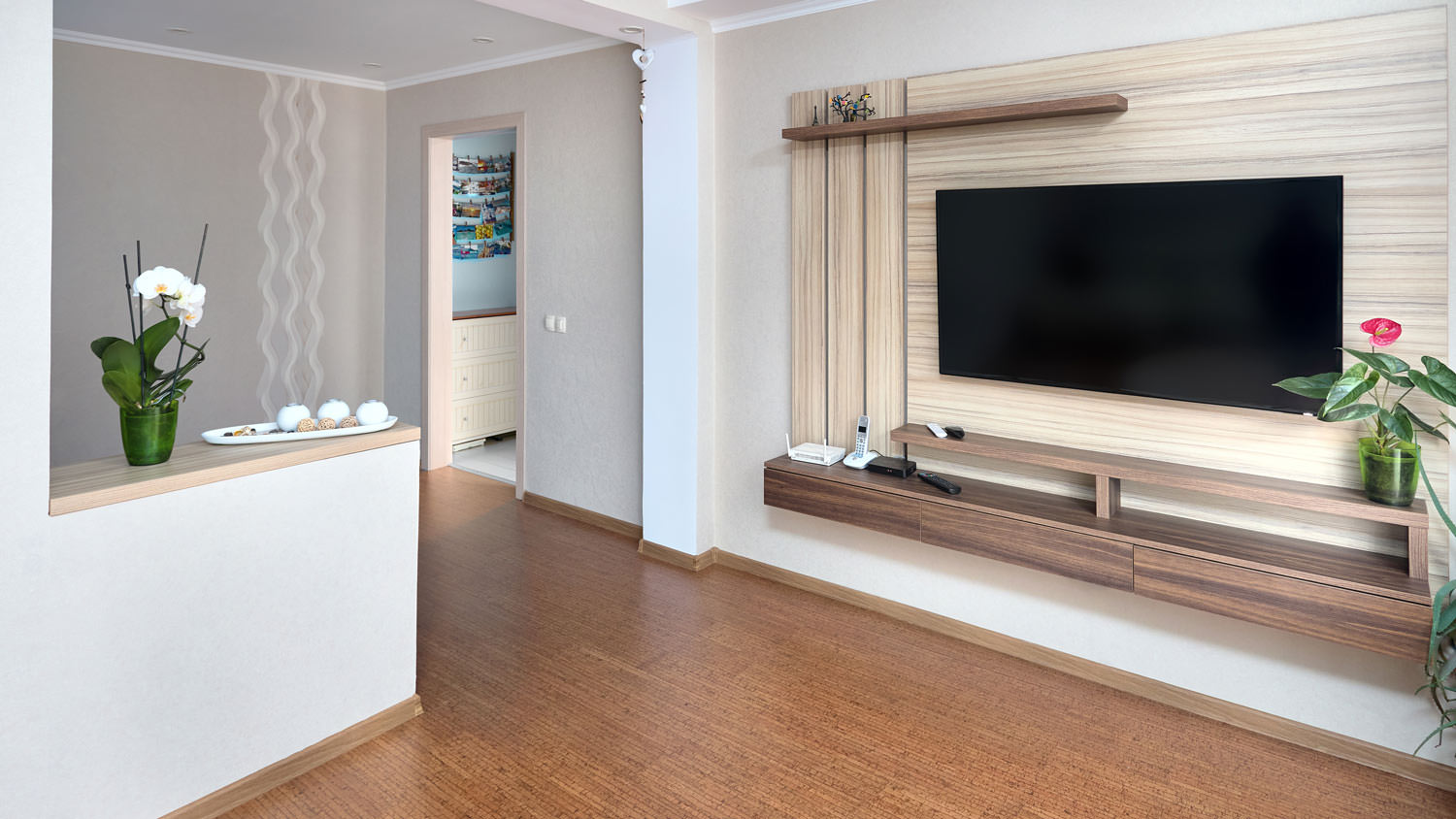
Updated flooring can make any room in your home feel brand new. Explore flooring installation costs in Charlotte, NC, from materials to labor costs.

Updated flooring can make any room in your home feel brand new. Explore flooring installation costs in St. Louis, MO, from materials to labor costs.
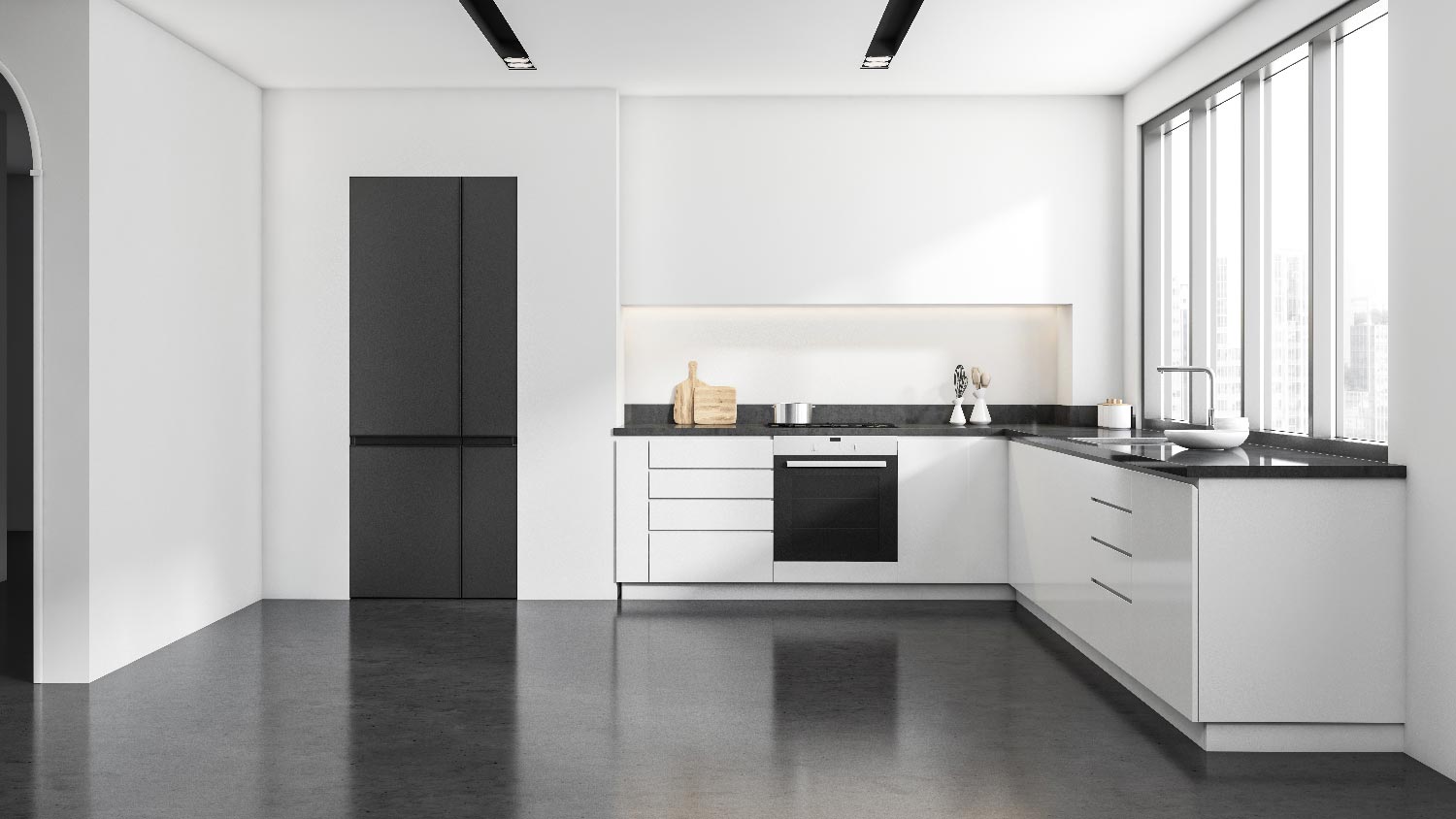
Updated flooring can make any room in your home feel brand new. Explore flooring installation costs in Minneapolis, MN, from materials to labor costs.

Should you nail or glue baseboards when completing a room’s trim? Here’s how to evaluate the pros and cons of each, then make the right choice for your project.

This calculator will help you estimate how many floor joists you’ll need to keep your flooring level and secure from the start.